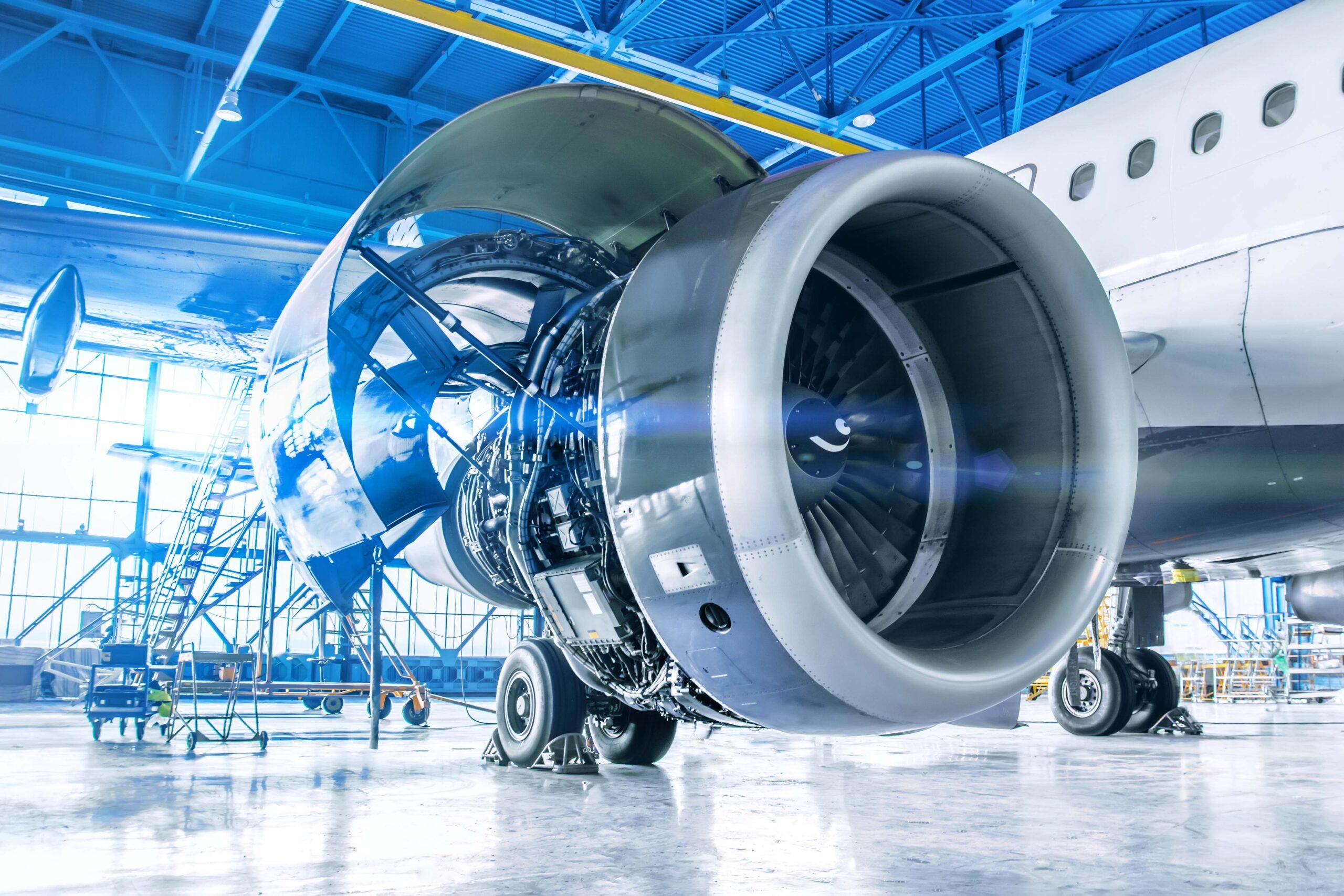The Key Catalysts Fueling Global c

The strong and sustained Predictive Airplane Maintenance Market Growth is being propelled by a powerful set of economic and technological drivers that are making a proactive approach to maintenance an absolute necessity for modern airlines. The market's consistent upward momentum is clearly illustrated by forecasts that show its valuation is expected to reach USD 15.14 billion by 2035. This expansion is being powered by a robust compound annual growth rate of 9.57% for the 2025-2035 period, as a convergence of key catalysts—from the immense cost of downtime to the flood of data from new aircraft—creates a compelling and urgent business case for adopting this transformative technology across the global airline industry.
The single most powerful catalyst for this market growth is the massive financial and operational impact of unplanned maintenance events. For an airline, an aircraft only makes money when it is in the air. An unexpected technical issue that grounds an aircraft (an AOG situation) is a logistical and financial nightmare. It leads to flight cancellations, passenger disruption, and immense costs for everything from rebooking passengers to flying in spare parts and mechanics. The ability of predictive maintenance to provide an early warning of a potential component failure, allowing the airline to schedule the repair proactively during a planned maintenance check, can prevent these hugely disruptive and expensive events. This direct and massive impact on an airline's operational reliability and profitability is the primary driver of adoption.
Another key driver is the dramatic increase in the amount of data being generated by new-generation aircraft. Modern planes like the Airbus A350 and Boeing 787 are equipped with thousands of sensors that produce a constant stream of high-fidelity data on the health of every system. This "data-rich" environment is the essential fuel for predictive maintenance algorithms. As airlines continue to modernize their fleets and replace older aircraft with these new, more connected models, the volume and quality of the data available for analysis grows exponentially. This creates a virtuous cycle: more data leads to more accurate predictive models, which in turn delivers greater value to the airline and encourages further investment in the technology.
Finally, the continuous advancements in cloud computing and machine learning are a major technological catalyst that is making predictive maintenance more scalable and powerful. The massive datasets generated by an entire fleet of aircraft are too large to be processed on-premises. The scalable, on-demand computing power of the cloud provides the ideal platform for ingesting, storing, and analyzing this data. At the same time, the development of more sophisticated machine learning algorithms is enabling the creation of more accurate and reliable predictive models. This powerful combination of massive data, scalable cloud infrastructure, and advanced AI is what is making predictive maintenance a practical reality at an industry-wide scale, fueling the market's strong and sustained growth.
Explore Our Latest Trending Reports:
- Art
- Causes
- Crafts
- Dance
- Drinks
- Film
- Fitness
- Food
- Oyunlar
- Gardening
- Health
- Home
- Literature
- Music
- Networking
- Other
- Party
- Religion
- Shopping
- Sports
- Theater
- Wellness



